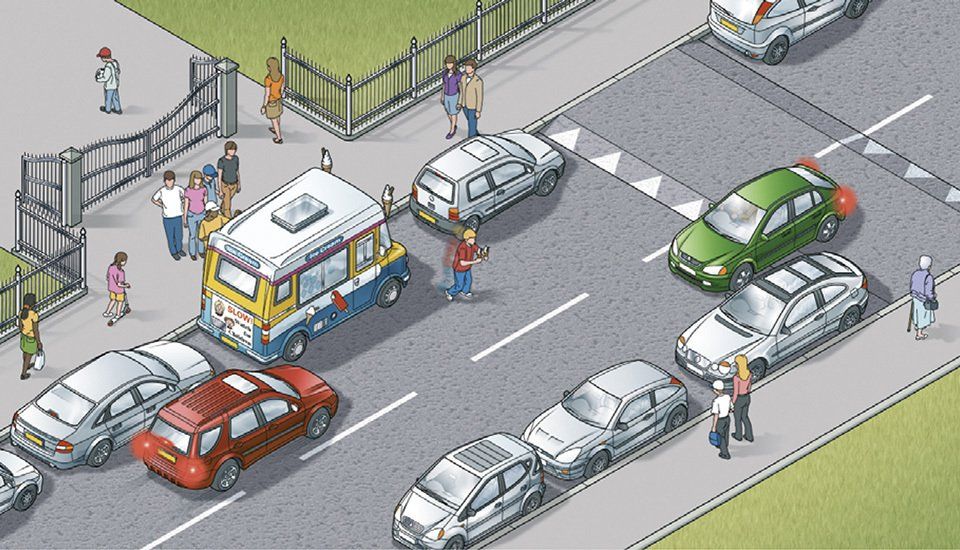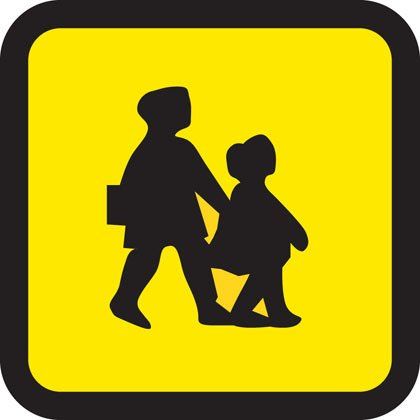Limited lessons available
Rules 204-210
Part 1
Rules for road users requiring extra care, including pedestrians, motorcyclists and cyclists, other road users and other vehicles.
The highway code can be bought in shops and online, as well as a free version on the UK goverments website, click here to access the free to use highway code.
And for people wanting a more visual highway code or those who struggle with the technical talk, the Colour Book Academy offer a great new highway code, that allows you to colour in but every rule of the highway code is explained with diagrams and scenario's for each and every rule, this is a great resource for those wanting something abit more fun with learning. Click here to order yours today.
Overview and poedestrians
Rule 204
The most vulnerable road users are pedestrians, cyclists, motorcyclists and horse riders. It is particularly important to be aware of children, older and disabled people, and learner and inexperienced drivers and riders.
Rule 205
There is a risk of pedestrians, especially children, stepping unexpectedly into the road. You should drive with the safety of children in mind at a speed suitable for the conditions.
Rule 206
Drive carefully and slowly when
- in crowded shopping streets, Home Zones and Quiet Lanes (see Rule 218) or residential areas
- driving past bus and tram stops; pedestrians may emerge suddenly into the road
- passing parked vehicles, especially ice cream vans; children are more interested in ice cream than traffic and may run into the road unexpectedly
- needing to cross a pavement or cycle track; for example, to reach or leave a driveway. Give way to pedestrians and cyclists on the pavement
- reversing into a side road; look all around the vehicle and give way to any pedestrians who may be crossing the road
- turning at road junctions; give way to pedestrians who are already crossing the road into which you are turning
- the pavement is closed due to street repairs and pedestrians are directed to use the road
- approaching pedestrians on narrow rural roads without a footway or footpath. Always slow down and be prepared to stop if necessary, giving them plenty of room as you drive past.
Rule 206: Watch out for children in busy areas
Rule 207
Particularly vulnerable pedestrians. These include:
- children and older pedestrians who may not be able to judge your speed and could step into the road in front of you. At 40 mph (64 km/h) your vehicle will probably kill any pedestrians it hits. At 20 mph (32 km/h) there is only a 1 in 20 chance of the pedestrian being killed. So kill your speed
- older pedestrians who may need more time to cross the road. Be patient and allow them to cross in their own time. Do not hurry them by revving your engine or edging forward
- people with disabilities. People with hearing impairments may not be aware of your vehicle approaching. Those with walking difficulties require more time
- blind or partially sighted people, who may be carrying a white cane using a guide dog. They may not be able to see you approaching
- deafblind people who may be carrying a white cane with a red band or using a dog with a red and white harness. They may not see or hear instructions or signals.
Rule 208
Near schools. Drive slowly and be particularly aware of young cyclists and pedestrians. In some places, there may be a flashing amber signal below the ‘School’ warning sign which tells you that there may be children crossing the road ahead. Drive very slowly until you are clear of the area.
Rule 209
Drive carefully and slowly when passing a stationary bus showing a ‘School Bus’ sign as children may be getting on or off.
Rule 210
You MUST stop when a school crossing patrol shows a ‘Stop for children’ sign (see ‘Signals by authorised persons’ and ‘Traffic signs’).
Law RTRA sect 28
Check back Friday for our next part in our series.
The highway code printed is from the uk goverment website and under its open goverment licence, allows anyone to copy and share the code.







